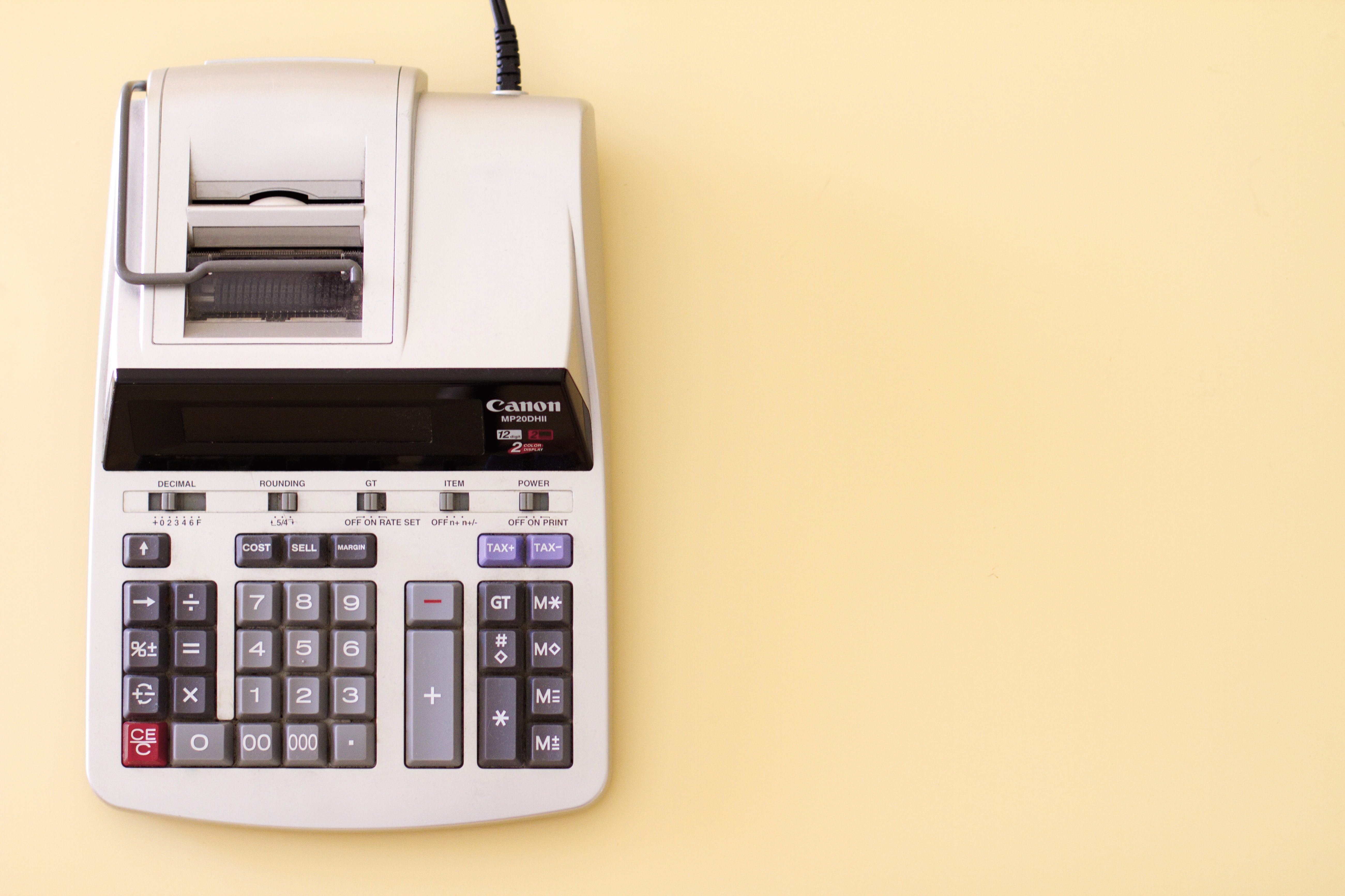The Simplified Guide to Restaurant Benchmarks

To ensure the long-term success of your restaurant you have to keep track of your key financial ratios and review those of the industry. Studying the separate parts of your restaurant’s operations and comparing them to industry averages is crucial. Doing so will help you understand where you’re doing well, see how you stack up against competitors, and find areas for improvement.
What You Need to Know (TLDR)
- In the midst of day-to-day chaos, managers often forget to track financial ratios despite how important they are
- Back-of-house ratios like food cost %, labor cost % and occupancy cost % are usually stable month-over-month, but can be improved overtime.
- Front-of-house ratios like table turnover and staff turnover can see significant improvement with good management practices
- Labor-related ratios are some of the most challenging to manage for restaurants today
Why Measure Benchmarks
Keeping track of your restaurant’s ratios is the first step to improving your bottom line. Plus, having this information on hand can be handy when communicating with banks and investors.
The good news: calculating your restaurant’s benchmarks doesn’t have to be complicated.
The Bakertilly’s 2021 Annual Report summarizes statistics from over 1,000 franchises and independent restaurants, providing industry standard benchmarks that restaurant owners can use to compare and gauge the viability of their restaurant.
You can also find additional resources with ReadyRatios, which offers a year-over-year view of these ratios to better understand trends in the industry, and Research and Markets, which offers more in-depth reports that can be purchased.
2021 Benchmarks of US-Based Quick Service Restaurants
Before you can measure your restaurant’s benchmarks, you have to collect certain data points. You should have last month’s income statement, along with the following data:
- Total Sales
- Total Food Cost
- Total Employee Cost
- Rent Cost
- Net Profit
The simplest way to measure your restaurant’s financial ratios is to split them up into two categories: back-of-house and front-of-house.
Back-of-House Restaurant Benchmarks
The following back-of-house restaurant benchmarks provide insight into the overall efficiency of your restaurant so you can make adjustments to improve your bottom line.
Food Cost %
Your food cost percentage measures the percentage of each sales dollar that is used to cover the cost of food, beverages, and paper supplies.
Food costs make up, on average, 30.5% of total food sales. This number is generally higher for fast food franchises due to the absence of alcohol sales. So, if your food cost percentage is hovering around 30%, then you’re in the clear.
How to Improve Your Food Cost Percentage:
- Keep track of the cost of food waste and try to reduce problem inventory.
- Add additional low cost items to your menu.
- Review your bulk purchase options with suppliers.
Store Labor %
Your store labor percentage measures the percentage of each sales dollar that is used to cover the cost of store labor. This includes staff and management at store level, and any district and area managers.
Generally, full-service restaurants have a higher store labor percentage simply because they pay more for additional waiters and support staff. Regardless, your store labor percentage should be around 29%.
How to Improve Your Store Labor Percentage:
- Track rushes and minimize over-staffing.
- Calculate your store labor percentage on an hourly basis to track when you’re over and under staffed.
- Make sure this number isn't too low. A low number might be a sign of understaffing or a below-average service compared to other restaurants.
Prime Cost %
Your prime cost percentage combines your food cost and store labor percentages to measure the two most significant costs for restaurants.
The reason for calculating this percentage is to measure your profitability. If your prime cost percentage exceeds 60%, then it becomes increasingly difficult to turn any profit from your restaurant.
How to Improve Your Prime Cost Percentage:
- Given that this ratio is a combination of both food and labor costs, the tips in both of the previous sections will help you improve the prime cost % for your restaurant.
Occupancy Cost %
Your occupancy cost percentage is the total occupancy cost including rent or mortgage, along with any related property taxes, fees, and insurance costs.
This percentage will be higher for newly established restaurants, but should decrease in time as your sales grow and your occupancy costs stay fixed. On average, your occupancy cost should be between 6%-10%.
How to Improve Your Occupancy Percentage:
- Occupancy costs are generally fixed due to the nature of rent/mortgage payments, property fees and insurance costs.
- This makes increasing your sales the best way to decrease your occupancy cost percentage.
EBITDAR %
EBITDAR is an acronym for:
- Earnings Before Interest
- Taxes
- Depreciation
- Amortization
- Rent
Your EBITDAR percentage is the measurement of your restaurant’s net profits without fixed charges like rent and debt repayments. It’s your profits before deducting these fixed and non-operating costs, providing a percentage for your restaurant’s net operating income over total sales.
In the simplest terms, it measures the efficiency of your restaurant. Your EBITDAR percentage should be around 9.2%.
How to Improve Your EBITDAR Percentage:
This percentage is generally fixed, however, you can improve this percentage by:
- Lowering food and labor costs.
- Increasing restaurant’s profits.
Front-of-House Restaurant Benchmarks
Measuring your front-of-house metrics can tell you how you’re doing on the customer-facing side of your restaurant. It’s best to track your front-of-house metrics over time, then use them to compare against your own restaurant.
While the back-of-house metrics tend to be more fixed, front-of-house benchmarks can be directly influenced—both positively and negatively—by managerial practices.
Revenue Per Seat
This measures your total sales divided by the number of seats in your restaurant, providing you with the average revenue potential per seat in your restaurant.
Table Turnover Rate
This measures the amount of guests you are able to serve each day. To find this number, total the amount of receipts and divide it by the number of tables in your restaurant.
Staff Turnover Rate
The staff turnover rate is the percentage of employees who leave your restaurant both voluntary and involuntary.
This number is especially important these days since recruiting has become more and more challenging. A high turnover rate shows you that your restaurant has a problem with employee retention. Employee turnover is expensive, costing up to $5,864 per employee. So, if you have a high turnover rate, then it’s safe to assume you’re losing money.
To calculate your staff turnover rate, divide the number of employees leaving per month by the total number of employees at your restaurant.
How to Compare Front-of-House Benchmarks
Your front-of-house benchmarks provide a way to measure your growth and compare yourself from last month’s, last quarter’s, or last year’s metrics.
The only exception is staff turnover rate. Considering the great resignation, staff turnover is high across all industries with projections that it will continue to jump 20% this year. So, if your turnover is high, don’t worry—it’s the current industry climate. This makes now a better time than ever to prioritize staff appreciation and retention.
If you—like many others—are struggling with staffing, then consider using HigherMe’s applicant tracking system. It helps ease the application process by letting you easily manage employee recruitment and onboarding all from one place.
Best Practices in Restaurant Benchmarking
Restaurant benchmarks are like a North Star. They’re there to guide you, but everyone’s path is different.
When using restaurant benchmarks to compare the success of your business, be aware of any foundational differences between your restaurant and the industry standard.
This means understanding that your occupancy cost percentage may be higher than the industry standard because your restaurant is in a prime, beach-front location. Or, knowing that your food cost percentage will be higher because your restaurant doesn’t serve alcohol (which is usually sold with a large margin).
Understanding how your restaurant differs can help you accurately apply benchmarking in your practices. Be sure to set goals, track your progress, and focus on benchmark metrics that will help improve your business.
To learn more about HigherMe software, watch our 5 minute demo video or contact our sales team.
Test

"Being able to depend on a consistent stream of applications without having to devote hours a week to recycling the same posts has revolutionized our HR workflow, saving me hours of labor."
Book a demo
We'll contact you as soon as possible to better understand how we can help you
